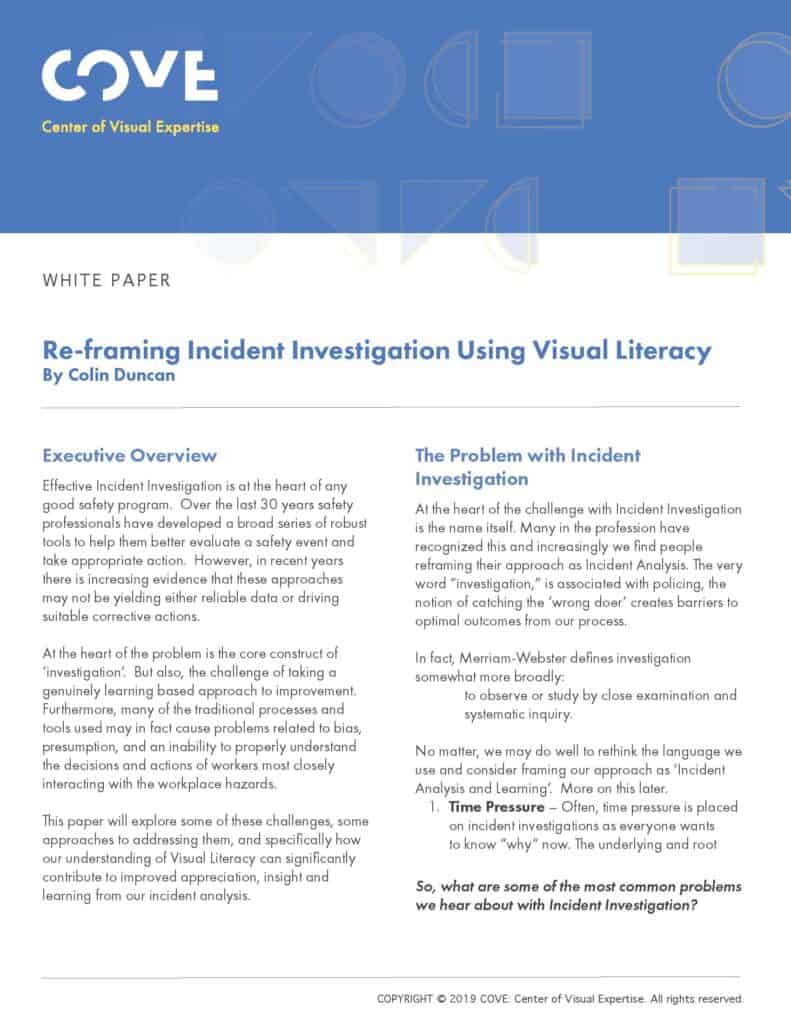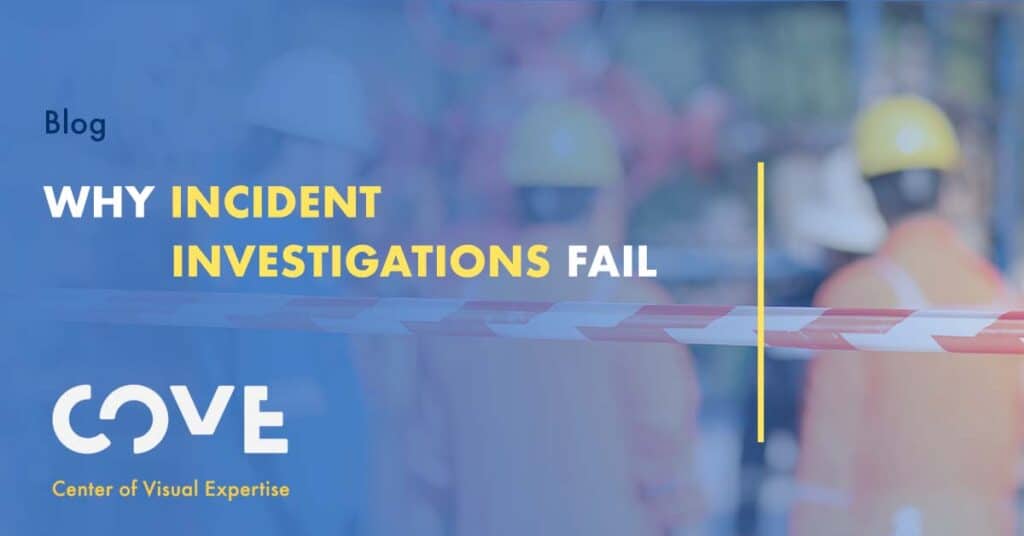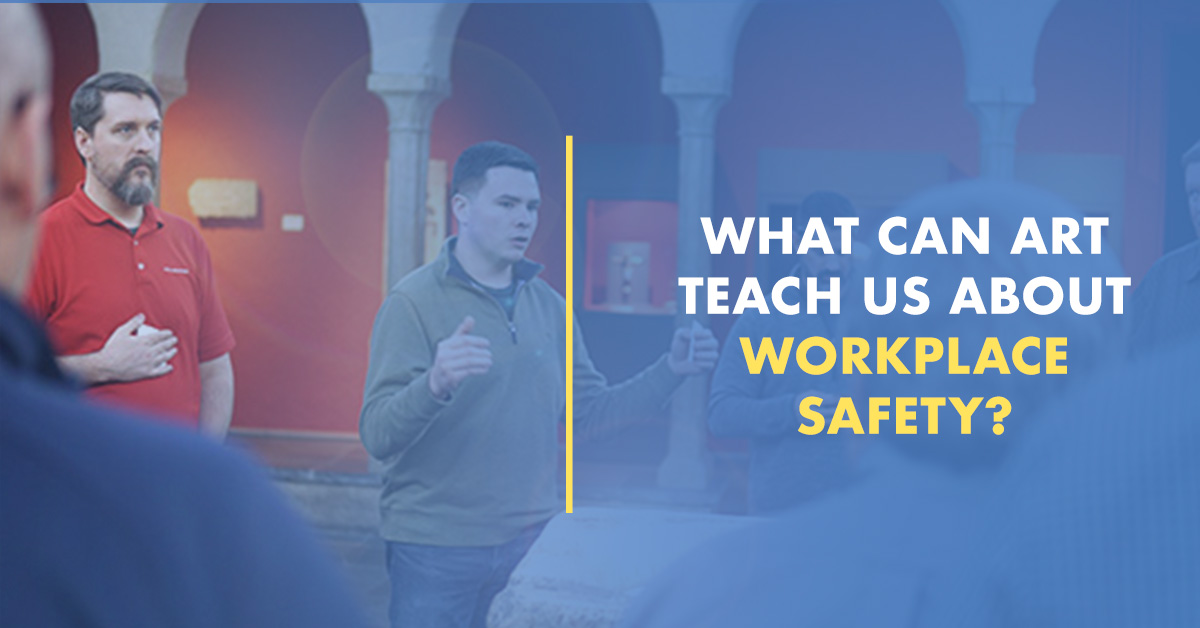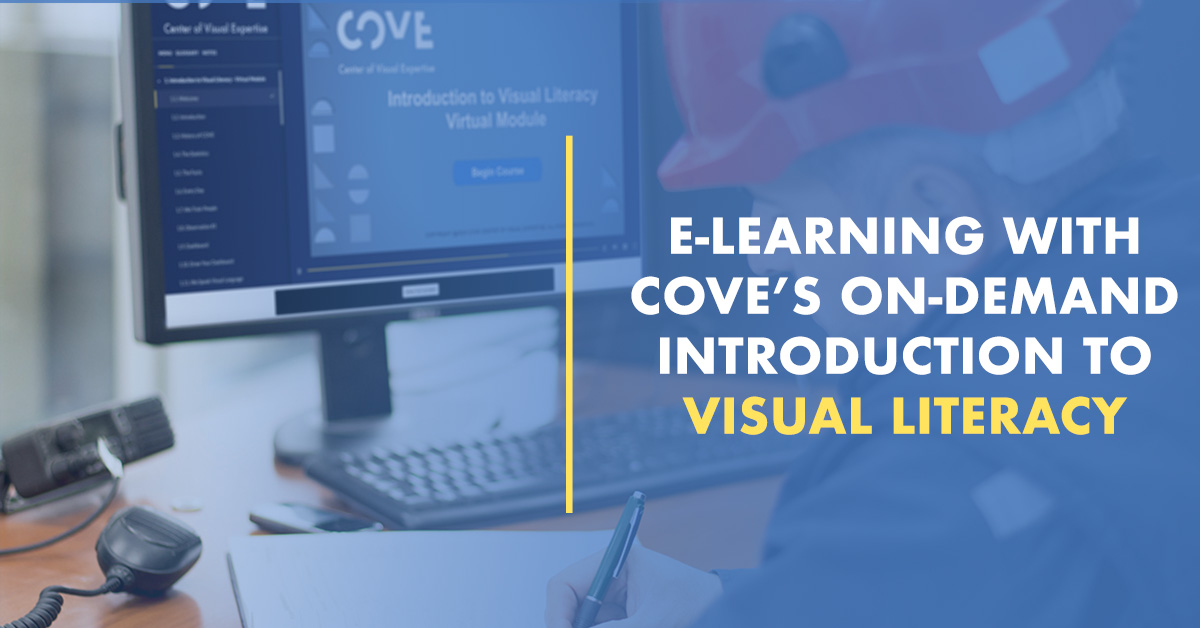No matter how committed an organization is to workplace safety, at some point an incident may occur. When that happens an incident investigation is conducted to get to the root cause and make corrective actions to ensure that incident doesn’t happen again.
While investigations are commonplace, organizations continue to struggle with executing them and are often displeased or discouraged with the results. That’s because incident investigations are riven with challenges that often present barriers to success. To have an effective process, organizations need to identify and understand these roadblocks and focus on improving their process for better outcomes. This article explores what causes incident investigations to fail and shares best practices to help move the process forward.
The Barriers to Proper Incident Investigation
Safety professionals have been developing tools and systems to better evaluate a safety event and take appropriate action. The white paper, Re-framing Incident Investigation Using Visual Literacy explains that in recent years, increasing evidence shows that approaches are not yielding reliable data or driving suitable corrective actions. Something has gone wrong with incident investigations.
The white paper outlines the common barriers and problems organizations must overcome:
- Time pressure – Incidents typically have a reactionary response and decisions must be made quickly. However, identifying the underlying and root causes of incidents are not necessarily simple or single causes, and often require more time. Failure to understand the circumstances, context, and surrounding events will lead to flawed analysis and action.
- Bias – Several biases and assumptions can cloud judgement and contribute to poor decision-making. Knowing about these biases not only improves the quality of safety decisions, but it also promotes effective safety functioning.
- Playing the blame game – The purpose and focus of an incident investigation is not to find fault or assert blame. Promoting a culture of learning from errors is the first step to making improvements in safety.
- Jumping to conclusions – It’s easy to form a conclusion based on a few pieces of data and evidence, especially if the investigation is time-bound. But investigations need to consider the entire scope of the evidence before drawing conclusions.
- Lack of worker engagement – Frontline workers are most familiar with the hazards and associated risks at the site. Aside from interviews, they need to be involved in the investigation process to find root causes and solutions that help avoid future incidents.
Improving the Process
Incident investigations are critical to an organization’s safety culture. If there is lack of engagement in investigation activities and an organization isn’t seeing the desired results, then it’s time to consider the best practices below.
Develop a structured, consistent process.
A process isn’t set up for success when it lacks purpose, and role clarity, and when there are multiple exceptions and inconsistencies in execution. An organization must develop a structured process that is followed consistently in the event of an incident, no matter the level of the incident. The National Safety Council has a great process diagram that covers what to do before and after an incident happens.
Collect the right information. Many times, conclusions are drawn with limited data when it’s important to collect as much information up front as possible. Make sure to include the following data points when seeking and collecting information:
- Worker characteristics (age, gender, job title)
- Injury characteristics (describe the injuries)
- Equipment associated with the incident (type, brand, size, condition)
- Task characteristics (specific activity, posture and location, working alone or in a group)
- Time factors (time of day, type of shift, phase of workday such as break or lunchtime)
- Administrative controls (training records, maintenance schedules, company policies)
- Causal factors (specific events and conditions contributing to incident)
- Corrective actions (corrective measures taken, interim or long-term)
Ask the right questions to identify root causes.
From the information collected and interviews conducted, an organization can start getting to the root cause of why an incident happened. But, before getting there, more questions need to be asked to gather more details. What happened, how did it happen, and why did it happen are common questions to ask. OSHA digs even deeper.
Here is a sample:
- How long had the employee been working on the day of the incident before he or she was injured?
- Was the individual working overtime?
- Was the employee working in a crowded condition?
- Who has done the same job before?
- Was the job understaffed?
- Have there been any near misses with the same piece of machinery?
- Could the PPE or lack of PPE in anyway have been a contributing factor to the incident?
Leverage safety management systems for preventive and corrective actions.
Trying to manage safety data in software applications such as Microsoft Word or Excel has its share of problems. There’s lack of version control, security, and accessibility, and the chance of data entry error runs high. That’s why every organization needs a reliable safety management system that collects, analyzes, and communicates incident data. A sophisticated system can help employees report incidents more easily especially if the system is readily accessible. It can also help managers generate custom performance reports and identify trends based on certain indicators like common root causes or incidents by day of the week, time of day, shift, and location.
Engage the entire team.
For a thorough investigation, an organization must engage the entire team. A cross-functional team includes the employees involved or closest to the incident, their team members, any witnesses, the supervisor, the safety department and may include human resources, maintenance and engineering. Having multiple perspectives helps identify the actual root cause(s) and contributing factors that led to the incident and can lead to accurate and prompt correction(s). Leadership must also play an active role in the investigation, so that the process runs as it should and so that the leader is aware of the entire situation and can properly communicate actions and solutions to the entire organization.
Using Visual Literacy to Optimize the Process
At the heart of an incident investigation is a desire to fully and properly understand how an incident/deviation unfolded. The best practices above help eliminate the biases and challenges that often surface when an incident happens and focus on developing an effective process. However, there is an element that is often not considered that adds another layer of clarity and value to the process. Visual literacy can be pivotal in both improving and elevating incident analysis.
The white paper discusses where and how visual literacy is beneficial:
- Looking at incident data – Visual literacy techniques can significantly aid the analysis team in how they see, interpret, analyze, and communicate this complex and important data.
- Viewing incident images – Using visual literacy tools, teams can better evaluate these images, and ask qualifying questions about what they see, the implications and potential consequences.
- Analysis and interpretation – Visual literacy tools and techniques helps teams avoid bias, assumptions and pitfalls, and enhance the quality of their assessment and learning.
- Communication – Communicating the investigation findings and learnings can be challenging without the proper skills. With visual literacy tools in place, learning how people ‘see’ data and interpret it can help facilitate the discussions needed to convey events, hazards, context and implications.
Reframing Incident Investigations for Better Outcomes
An organization can have the best intentions when developing their incident investigation process, but too often it goes to the wayside when an incident occurs. Reactionary behaviors get the best of us all.
When an organization is able to address the factors blocking the intended path to incident prevention, and can properly collect and analyze the data needed for resolution, then it has the best chance for preventing future incidents and improving overall safety efforts. Organizations must make a shift in their approach and reframe the incident investigation process to create a new learning dynamic that effects change in both culture and safety performance.

Dive deeper into incident prevention and learn how visual literacy can help facilitate the investigation process when you download the white paper, Re-framing Incident Investigation Using Visual Literacy.




